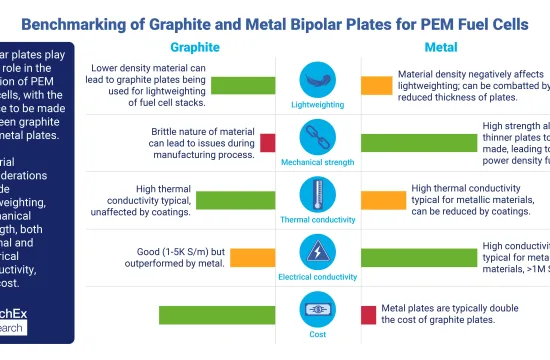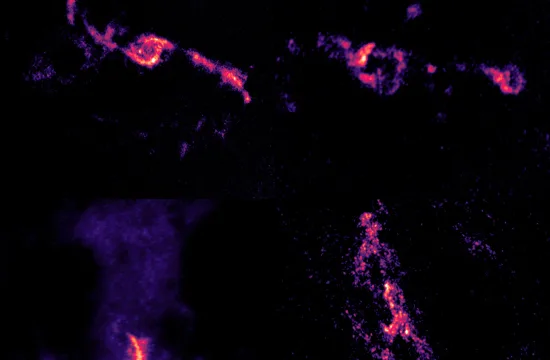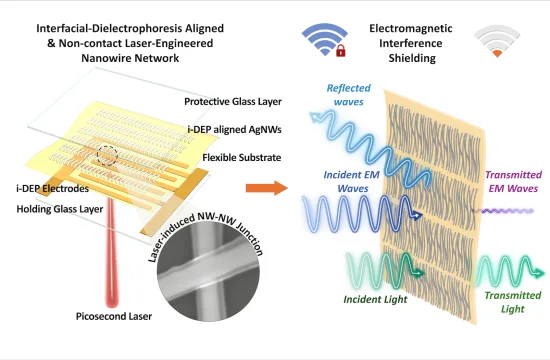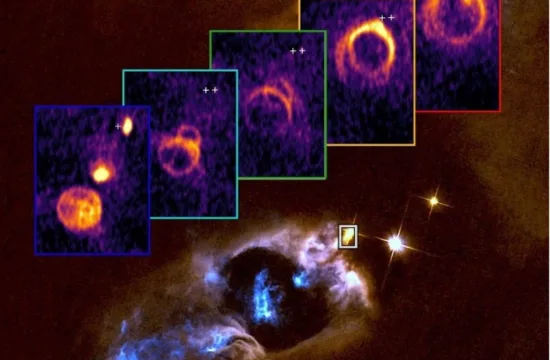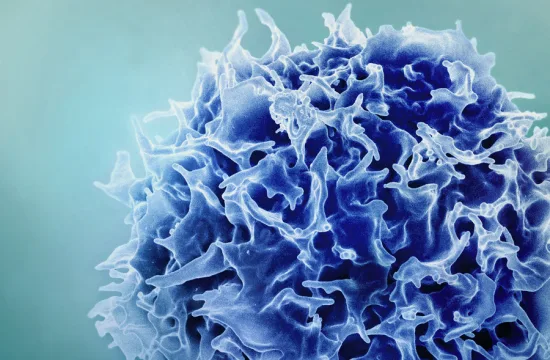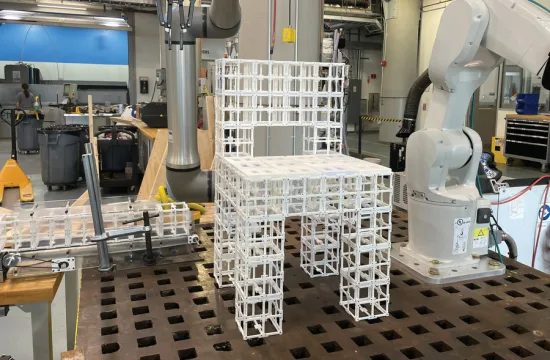Sound waves used to imitate light particles predicted to escape black holes.
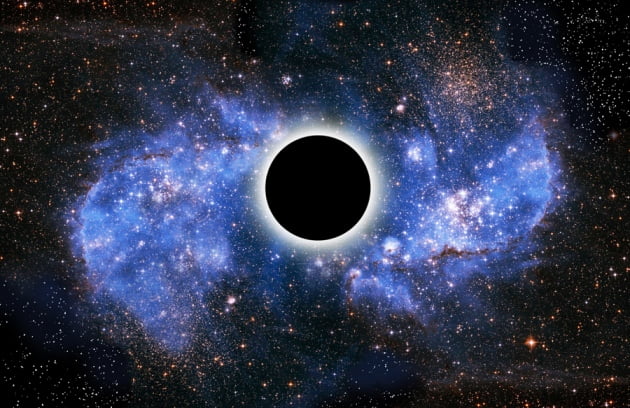
Nature News– Scientists have come closer than ever before to creating a laboratory-scale imitation of a black hole that emits Hawking radiation, the particles predicted to escape black holes due to quantum mechanical effects.
The black hole analogue, reported in Nature Physics, was created by trapping sound waves using an ultra cold fluid. Such objects could one day help resolve the so-called black hole ‘information paradox’ – the question of whether information that falls into a black hole disappears forever.
The physicist Stephen Hawking stunned cosmologists 40 years ago when he announced that black holes are not totally black, calculating that a tiny amount of radiation would be able to escape the pull of a black hole2. This raised the tantalising question of whether information might escape too, encoded within the radiation.
Hawking radiation relies on a basic tenet of quantum theory — large fluctuations in energy can occur for brief moments of time. That means the vacuum of space is not empty but seethes with particles and their antimatter equivalents. Particle-antiparticle pairs continually pop into existence only to then annihilate each other. But something special occurs when pairs of particles emerge near the event horizon — the boundary between a black hole, whose gravity is so strong that it warps space-time, and the rest of the Universe. The particle-antiparticle pair separates, and the member of the pair closest to the event horizon falls into the black hole while the other one escapes.
Hawking radiation, the result of attempts to combine quantum theory with general relativity, comprises these escaping particles, but physicists have yet to detect it being emitted from an astrophysical black hole. Another way to test Hawking’s theory would be to simulate an event horizon in the laboratory.
To this end, Jeff Steinhauer, a physicist at the Technion-Israel Institute of Technology in Haifa, used a collection of rubidium atoms chilled to less than 1-billionth of a degree above absolute zero. At such temperatures, the atoms are tightly packed and behave as a single, fluid quantum object and so can be easily manipulated. The cold temperature also ensures that the fluid, known as a Bose-Einstein condensate, provides a silent medium for the passage of sound waves that arise from quantum fluctuations.
Using laser light, Steinhauer manipulated the fluid to flow faster than the speed of sound. Like a swimmer battling a strong current, sound waves travelling against the direction of the fluid become ‘trapped’. The condensate thus becomes a stand-in for the gravitational event horizon.
Pairs of sound waves pop in and out of existence in a laboratory vacuum, mimicking particle-antiparticle pairs in the vacuum of space. Those that form astride this sonic event horizon become the equivalent of Hawking radiation. To amplify these sound waves enough for his detectors to pick them up, Steinhauer established a second sonic event horizon inside the first, adjusting the fluid so that sound waves could not pass this second event horizon, and are bounced back. As the soundwaves repeatedly strike the outer horizon, they create more pairs of soundwaves, amplifying the Hawking radiation to detectable levels.
Some researchers say it’s still not clear how closely this laboratory model, which took Steinhauer five years to perfect, mimics Hawking radiation. The amplification in Steinhauer’s model allows him to detect only one frequency of the radiation, so he cannot be sure it has Hawking’s predicted intensity at different frequencies that true Hawking radiation would have.
Steinhauer is now working to develop the technology to study his artificial black hole without having to amplify the sonic radiation. This could allow him to use his ‘Hawking radiation’ to explore the information paradox.
It might also help physicists in their question to reconcile quantum theory with gravity, the only force in nature that has not been accommodated within quantum mechanics. Because Hawking radiation draws on both quantum mechanics and general relativity, it is a first step in addressing how to marry the two – and an artificial black hole might provide an opportunity to study how this might be done.
Experimental physicist Daniele Faccio of Heriot-Watt University in Edinburgh calls the work “possibly the most robust and clear-cut evidence” that laboratory models can emulate phenomena at the interface between general relativity and quantum mechanics. In 2010, Faccio and his colleagues reported that they had detected an analogue of Hawking radiation, but the team has since acknowledged they had seen a different phenomenon.
However Physicist Ted Jacobson of the University of the Maryland in College Park, who suggested in 1999 that analogue radiation could be seen in the laboratory, says that the possibility of gleaning new insights about black holes from the sonic experiment remains “far fetched”, for now. For Jacobson, the value of the experiment lies in exploring the physics of ultracold atoms.
But even if the sonic radiation as it stands is not a perfect match, William Unruh, a theoretical physicist at the University of British Columbia in Vancouver points out that “it is the closest anyone has come” to detecting Hawking radiation. “I find it a very exciting and interesting experiment,’ he says.
Source: Nature.com


